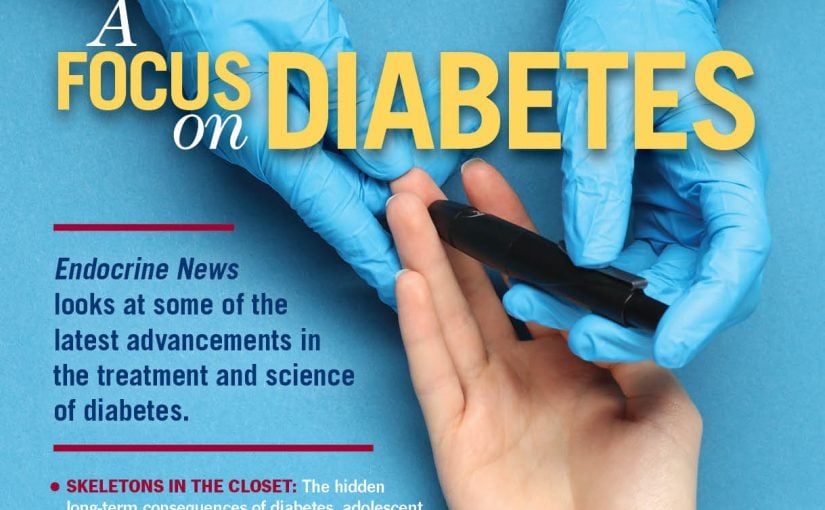Functional parathyroid glands (PTGs) can be generated from mouse embryonic stem cells (mESCs), according to a study published in Proceedings of the National Academy of Sciences (PNAS).
Researchers in the Stem Cell Therapy Laboratory at Tokyo Medical and Dental University point out that treatment of hypoparathyroidism requires lifelong replacement therapy. Conventional management includes calcium supplements and vitamin D analogs as well as full-length recombinant human PTH. However, therapeutic benefits are sometimes limited. If functional PTGs can be regenerated and transplanted, it could provide a new treatment option to overcome the limitations of conventional therapy.
The results of this study are expected to make a significant contribution to endocrine organ regeneration and transplantation therapy of regenerated organs by utilizing the blastocyst completion method.
Although the ultimate goal is clinical application in humans, researchers attempted experiments in mice as a first step. Today, it is difficult to create functional PTG cells that respond to changes in calcium concentration in vitro. For this reason, researchers have attempted to generate functional PTGs using blastocyst complementation, using mouse organisms. Blastocysts are prepared from mutant animals lacking specific organs and then are injected with pluripotent stem cells. As a result, the entire organ of chimeric animals generates from the injected stem cells.
To generate a PTG-deficient mouse embryo as a platform of blastocyst complementation, the researchers used CRISPR-Cas9 genome editing. Within the chimeric mouse body, donor mESCs differentiated into endocrinologically mature PTGs. The generated PTGs met all the criteria necessary for full function: they responded to extracellular calcium and regulated PTH secretion. In addition, generated mESC-derived PTGs improved the pathology of a hypoparathyroidism model mouse by ectopic transplantation.
The researchers also succeeded in producing functional mouse PTGs in the rat body, demonstrating the effectiveness of this method even in cross-species studies.
It is important to note that although this study was conducted in mice, the authors conclude that this study demonstrated functional organ generation that has potential for future clinical applications. The results of this study are expected to make a significant contribution to endocrine organ regeneration and transplantation therapy of regenerated organs by utilizing the blastocyst completion method.

